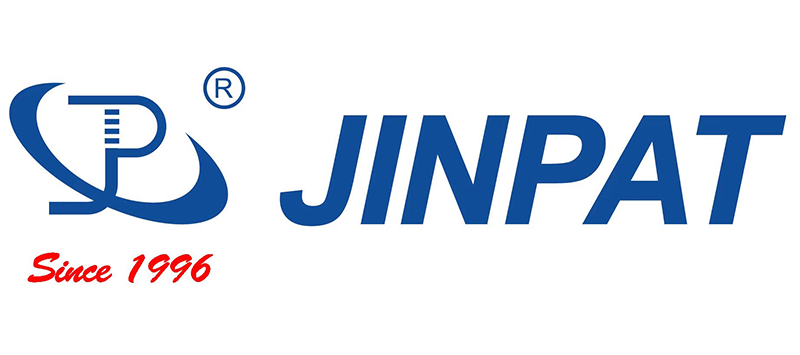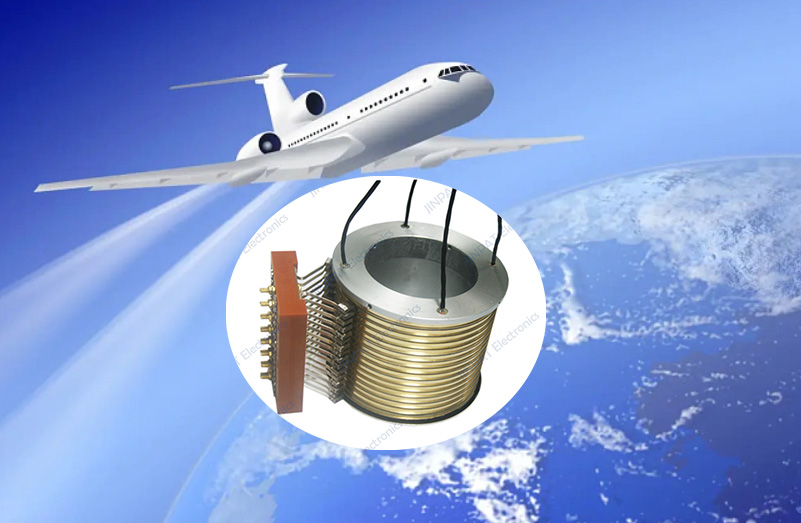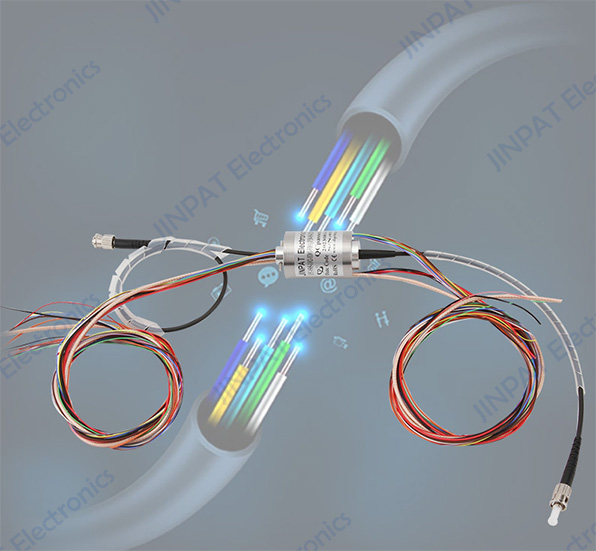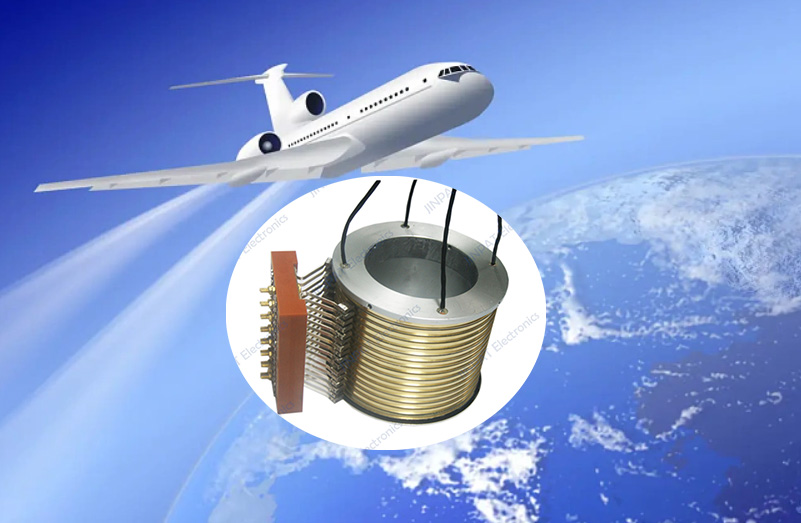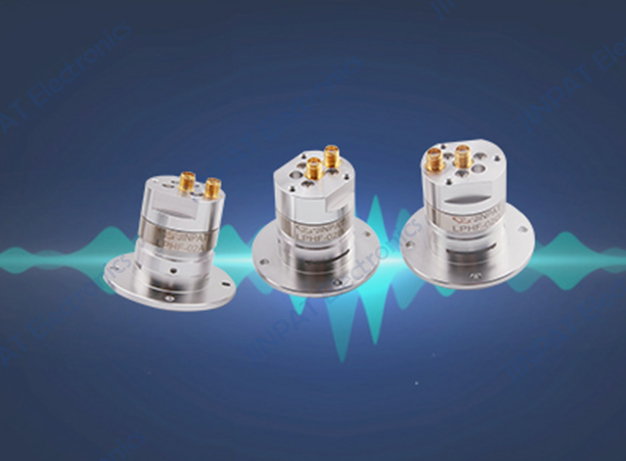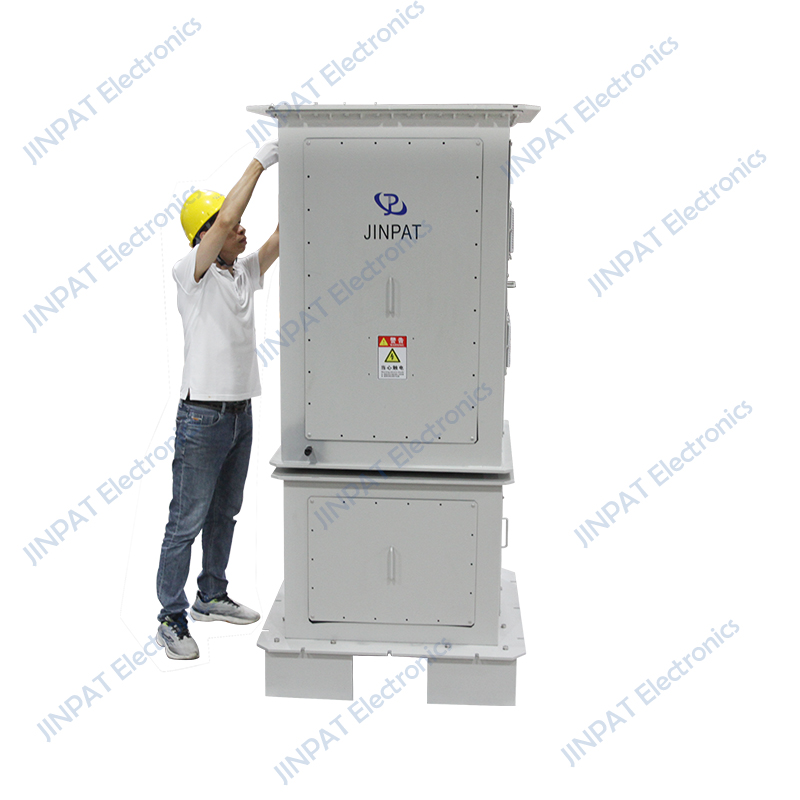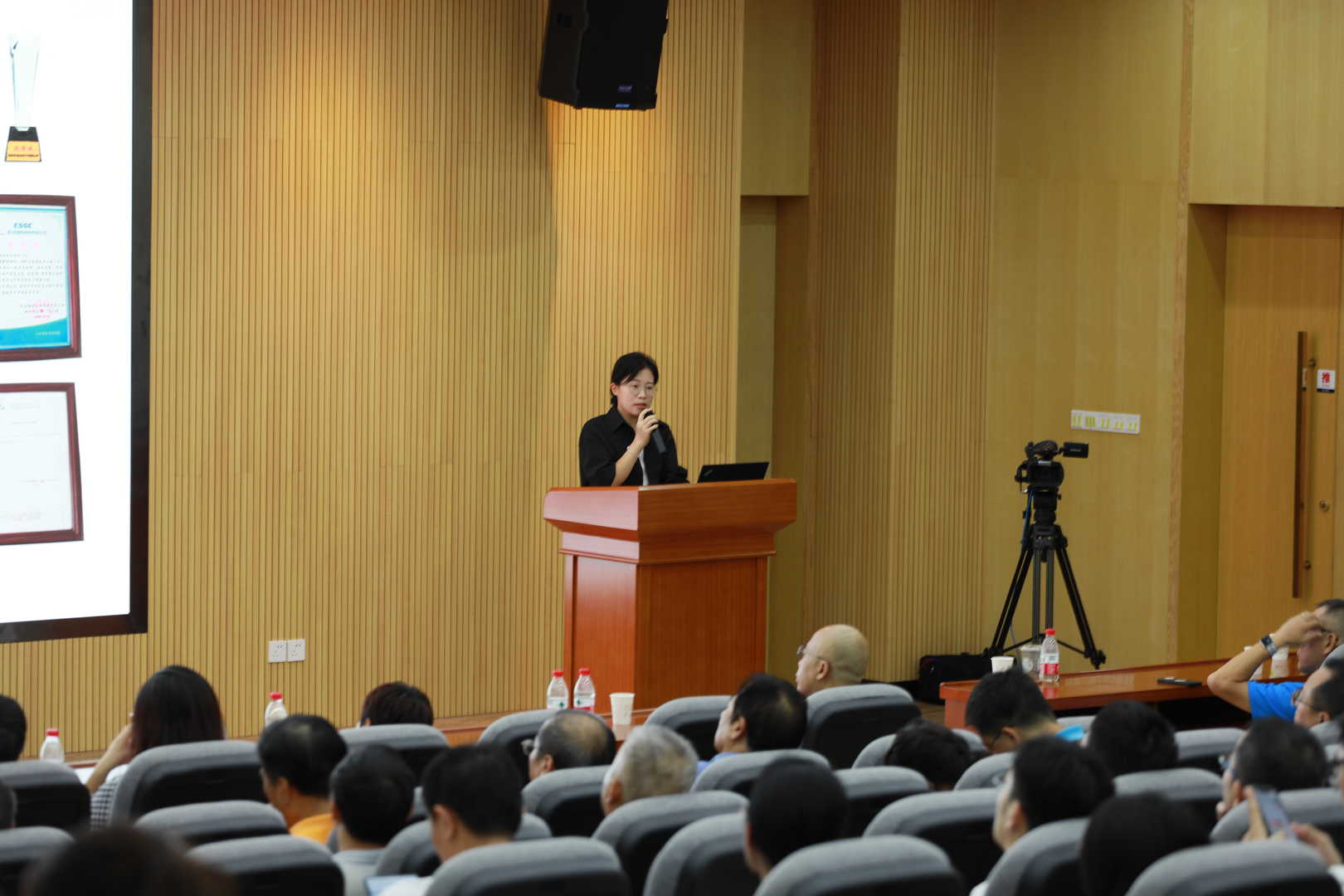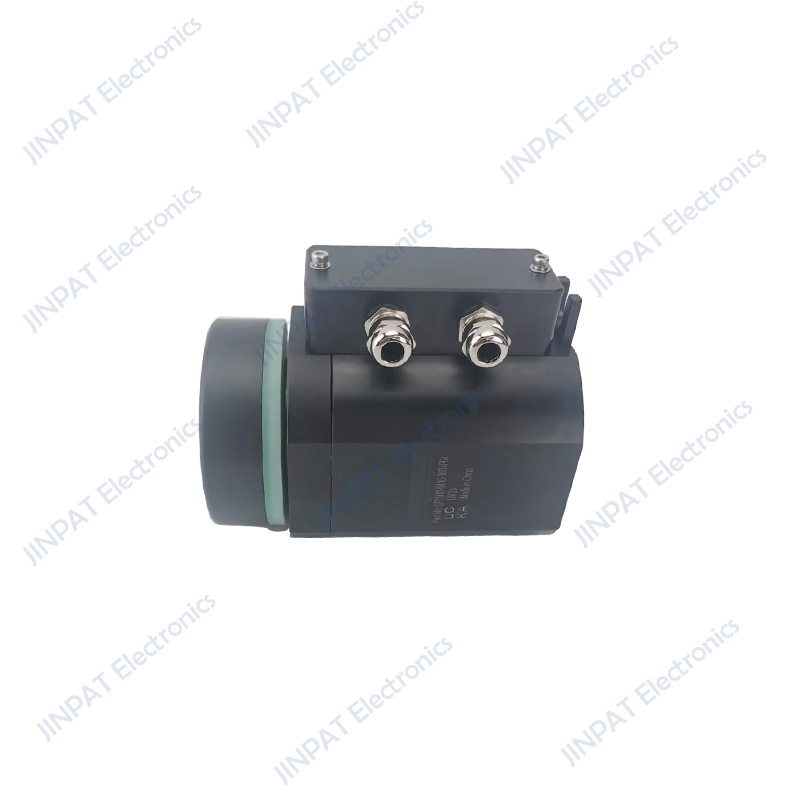A slip ring, also known as a collector ring in the military and shipbuilding industries, is primarily used in these two major sectors. When distinguishing slip rings, we can categorize them based on their structure, modules, and functions. Differentiation can be made based on the platform of installation, such as aircraft-mounted slip rings for airplanes, vehicle-mounted slip rings for automobiles, and ship-mounted slip rings for vessels.
Regarding functional distinctions, the most basic slip rings support only power transmission and are produced in very limited quantities. Some slip rings, on the other hand, possess the capability to simultaneously transmit power and electrical signals. These products are typically customized to meet specific requirements. Due to the fact that slip rings can support over 30 different signal types, slip rings that integrate power and electrical signal transmission are currently the most widely produced type.
Within the signals transmitted by slip rings, high-frequency signals and optical fiber signals are somewhat unique.Both of these signal types require slip rings with corresponding functionalities for transmission. High-frequency slip rings can support up to four channels,with frequencies ranging from 3GHz to 40GHz. Optical fiber slip rings come in both multi-mode and single-mode varieties, with the highest number of channels reaching dozens. Currently, JINPAT has the ability to mass-produce optical fiber slip rings with up to 10 channels, meeting the demands of the majority of slip ring applications for optical fiber.
Slip rings that integrate high-frequency slip rings are typically used in radar systems, electronic warfare, and satellite communication systems, facilitating signal transmission between antennas and bases. Slip rings that integrate optical fiber, known as electro-optical slip rings, offer strong interference resistance and high signal transmission bandwidth, making them a preferred choice for many popular industry devices.
One very common application terminal for slip rings is electro-optical equipment, such as electro-optical turntables.Slip rings used in this field or other electro-optical devices are also referred to as electro-optical equipment slip rings. It’s important to differentiate them from slip rings that integrate electro-optical components.These electro-optical equipment slip rings from JINPAT often incorporate SDI signals. However, with the widespread adoption of optical communication technology in various sectors, optical fiber slip rings may also appear in electro-optical equipment slip rings as signal modules in the future.
In addition to products that integrate power, standard electrical signals, high-frequency signals, and optical signals, some slip rings also incorporate pneumatic and hydraulic modules for transmitting oil, water, steam, and other gases. These slip rings can be categorized as pneumatic and hydraulic slip rings, or even pneumatic and hydraulic electro-optical slip rings when optical signals are involved. JINPAT offers a variety of slip ring products with integrated pneumatic and hydraulic modules, allowing customers to select the most suitable slip ring based on their specific needs.
